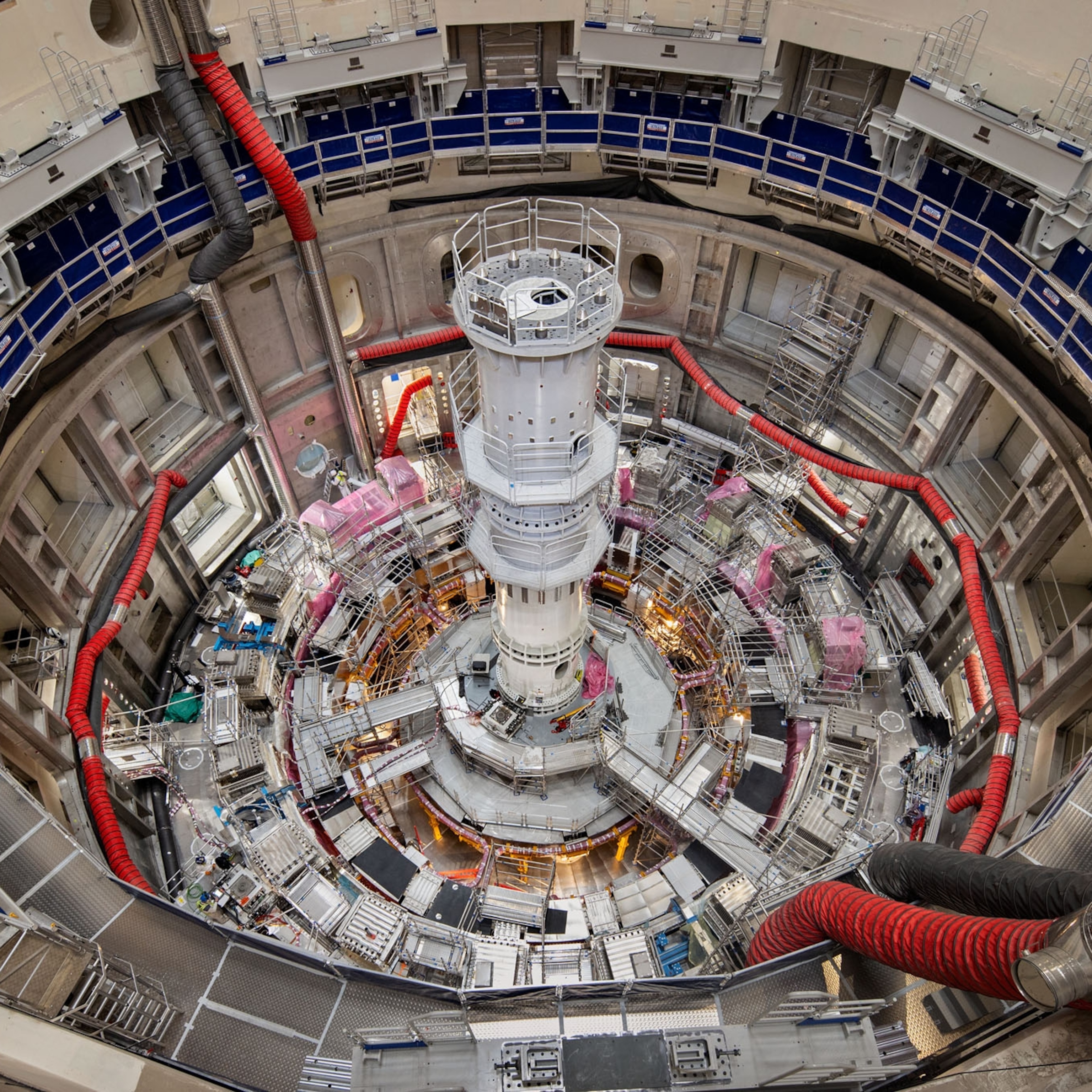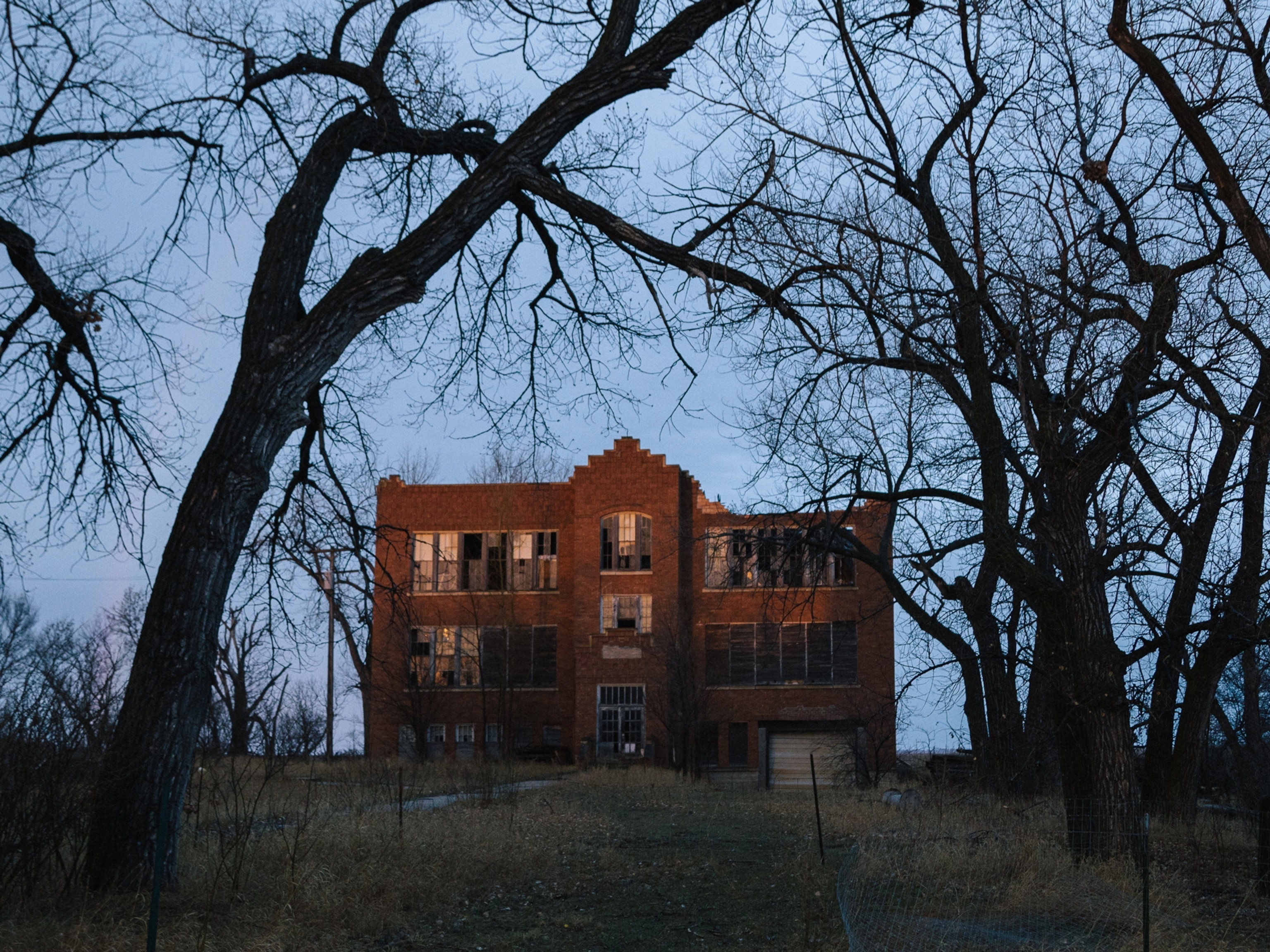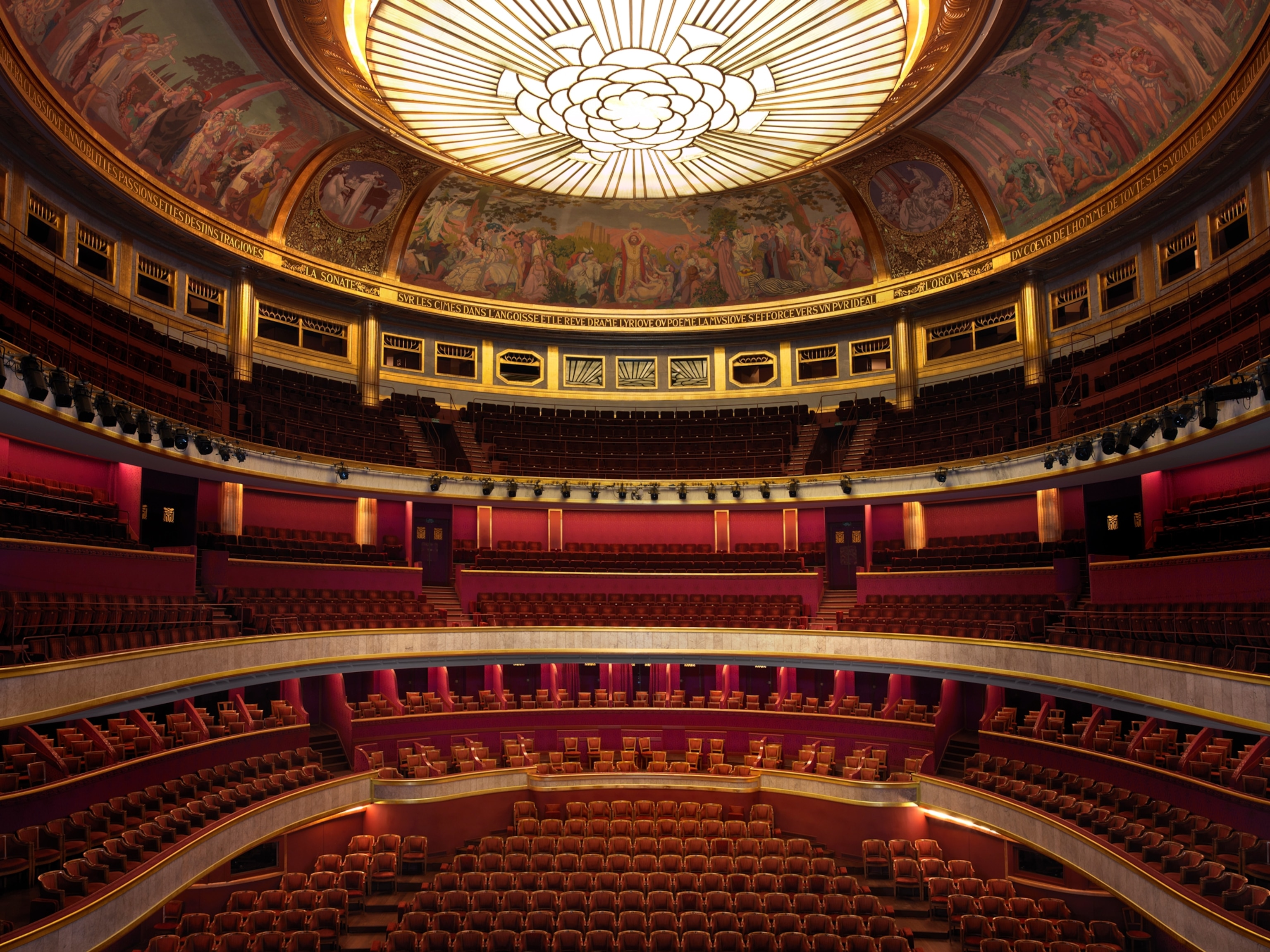For Hurricane Katrina Victims, A Solar Restart
Renewable energy, efficiency part of New Orleans rebuilding
This story is part of a special series that explores energy issues. For more, visit The Great Energy Challenge.
The rooftop of Robert Green’s home bears two unmistakable marks that it is part of the effort to rebuild New Orleans with a new resilience.
There is a safe exit to a secure area of the roof—a feature that needs no explanation for longtime Lower Ninth Ward residents like Green, who lost both his mother and his three-year-old granddaughter in 20-foot-high floodwaters after the Industrial Canal levee broke in the wake of Hurricane Katrina on August 29, 2005.
But in addition to that echo of the tragic past, there is an installation that points to a hopeful future: 15 solar photovoltaic panels.
Green’s home is one of 50 that have been completed so far in the Make it Right development, spearheaded by actor Brad Pitt, which aims to incorporate renewable energy and efficiency into every element of design. Similarly, former Soviet President Mikhail Gorbachev’s Global Green project in the Lower Ninth Ward’s Holy Cross neighborhood has five low-energy homes. And the Pontchartrain Park Neighborhood Association, organized by actor Wendell Pierce, also is aiming to rebuild with solar and geothermal energy in every home.

Making use of Louisiana’s new incentives for renewable energy—among the best in the country—the projects aim to show that the up-front effort and investment in clean energy will pay dividends for the community, and for the individual homeowners, for years to come.
Getting It Right After Things Went So Wrong
Green moved into his 1,800-square-foot Make It Right home in July 2009, after spending three years in a Federal Emergency Management Agency trailer on the same site. “A sense of family and community is still here,” explains Green. He paid $126,000 for his new house with solar electric panels that can generate up to three kilowatts of energy. And the home is built to reduce the need for power, with Energy Star appliances and a tankless water heater.
Of course, there are many other features Green likes—the low-emissions carpeting and paint that he says helps keep his asthma symptoms at bay, the better light and air circulation, and “a sense of security.” Make It Right homes, many with a view of the levee, are elevated against future floods, and bolstered with frames and windows that can withstand 160 mile-per-hour winds. In addition to the rooftop escape hatches, they have insulation that is easier to replace should it mold.
And, says Green, there are the energy savings. Green says he has seen his summer electricity bill drop from more than $300 a month in the 1910 home that was destroyed in the flood and demolished, to $170 a month in his FEMA trailer, and to now around $125 in his new home.
“Day to day I breathe better,” says Green, “and it doesn’t cost as much.”
Rebuilding With the Goal of Lower Energy Costs
Cutting future home energy costs has been an important goal for those involved in rebuilding, who are well aware that in lower-income homes, as much as 50 percent of take-home pay can get burned up by utility bills. It’s a significant factor in the Lower Ninth Ward, where the average annual income in 2000 was just under $28,000, according to the Greater New Orleans Community Data Center.
Investing in higher-cost appliances, materials that will reduce air loss, and the capital cost of solar are usually seen as an obstacle. “Up front costs are the biggest roadblocks,” says Anisa Baldwin Metzger, the New Orleans coordinator for the U.S. Green Building Council. “But green building does not have to cost more. Groups in New Orleans found out how to do it without paying more.”
(Related: "Solar Power Brings Light to Quake-Darkened Haiti")
In 2008, NOLA 100, a project backed by the Clinton Climate Initiative, rebuilt 42 homes in 100 days with energy-efficient features. NOLA100 found ways to streamline construction and, in some cases, cut costs in half. And the energy savings were significant. It was estimated that NOLA 100 homes would cut resident utility bills in half. Global Green’s homes are estimated to be 70-90 percent more energy efficient, and Make It Right estimates that its homes are 70 percent more efficient.
How Louisiana Gave Solar Energy a Boost
The effort to make solar more affordable took a push from state government. State Senator Nick Gautreaux, now known as the “father of the Louisiana solar energy industry,” is a Democrat whose Lafayette Parish district—in “the heart of Cajun land,” as his website puts it—was deeply affected by the 2005 hurricanes. Lafayette, to the west of Katrina’s path of destruction, absorbed many people fleeing New Orleans. But less than a month later, the parish took a direct and damaging hit from Hurricane Rita.
Gautreaux became known throughout the state for his efforts organizing a “citizen Navy” of 500 boats that helped rescue people caught in the Katrina floodwaters. But to those involved in post-Katrina rebuilding, his lasting achievement was sponsoring and gaining passage in 2007 of a state tax credit for renewable energy. Under the law that took effect at the start of 2008, Baton Rouge provides a tax credit of 50 percent of the cost of the system—up to a maximum system cost of $25,000—for homes and apartments that install wind generators, solar electric systems and solar water heaters. Added to the 30 percent federal tax credit, a Louisiana resident can gain a government subsidy for 80 percent of the cost of a renewable energy system.
With his district home to hundreds of oil and gas businesses, Gautreaux is not a typical tree hugger; he says he’d like to see the moratorium on drilling in the Gulf of Mexico lifted. But he credits the son of his first-grade teacher, a local builder who was trying to incorporate solar into a development, for cluing him in to the need for greater state government support for renewable energy. “I said, ‘Why are we just a leader in the fossil fuel industry? Why not be a leader in alternative energy too?’ ” Gautreaux says.
Before Louisiana adopted its renewable energy incentives, the state had no more than three companies in the business of installing solar systems. Now, there are more than 110 licensed solar installation businesses, says Stephen Shelton, co-founder and executive director of the Louisiana CleanTech Network, a nonprofit aimed at supporting renewable energy development.
“In 2007, we didn’t have a solar industry, even though we had a need to rebuild our state in a different way,” says Shelton. “Now we have a burgeoning industry.” He believes more than 1,000 solar rooftop systems have been installed in New Orleans since the tax credit was put into place.
In Shelton’s view, three things happened in 2007—each one independent of the other--that helped spur New Orleans’ solar industry. Gautreaux launched his effort to enact a solar tax credit. New Orleans was chosen by the U.S. Department of Energy (DOE) as one of 25 Solar America Cities, earning it a share of nearly $5 million in federal funding to promote integration of solar energy in communities across the country. And DOE chose the University of Louisiana at Lafayette to participate in the Solar Decathalon, a high-profile design contest meant to spur innovation.
“Solar Is the Future”
The damage caused by the Hurricanes Katrina and Rita was “a very large factor” in setting the scene for rebuilding with solar and other renewables, says Shelton.
“It was the devastation of New Orleans that brought global warming to the forefront” of public consciousness, says Shelton. Although the connection between greenhouse gas emissions and the strong hurricanes of 2005 continues to be debated, the events put a focus on efforts to reduce dependence on fossil fuels. But Shelton says the need to build anew also gave the community an opportunity to think about change for the better.
“New Orleans had an immediate reaction as it started rebuilding to be the future of green building,” says Shelton. “Nick [Gautreaux] was well aware of how his community was affected by the hurricanes, and that in the rebuilding, the structures should be built with an eye to the future, and solar is the future.”
Also, Shelton said, “New Orleans had to be rebuild with sustainability in mind. Solar and battery backup systems are good way to have electricity back-up after a natural disaster.”
And it has created a new business, as witnessed by one of New Orleans’ leading installers, Tucker Crawford, founder of South Coast Solar, who has increased his staff from three in 2007 to 39 today. He says renewable energy is affordable energy in Louisiana, where he estimates that lowered utility bills pay back the cost of a solar electric installation in seven years and a solar hot water system in two to three years. “We have an unprecedented opportunity to rebuild this city in a more sustainable way than any other city in the world,” he says.
And it has been a learning experience for homeowners like Robert Green, who has called the Lower Ninth Ward home for 42 years. Even though he is a real estate agent, Green says he knew nothing about sustainable design and environmental issues before he had the opportunity to buy a Make It Right home. But now he’s sold; he wants to add an additional eight solar panels so he can go completely off the grid.
“I think about my children and grandchildren,” he says. “If we get away from (fossil fuels) we live a little safer and Earth can live a little longer.”
For more on water conservation in New Orleans' new green communities, read "Post-Katrina Green Homeowners Barred From Recycling Water."
For an overview of green rebuilding efforts, read National Geographic News' in-the-field report: "Five Years After Katrina, Green Homes in Low-Income Neighborhoods Just Starting to Sprout."
And for photos, visit "Hurricane Katrina Pictures: Then & Now, Ruin & Rebirth."
Tasha Eichenseher contributed to this report from New Orleans.







